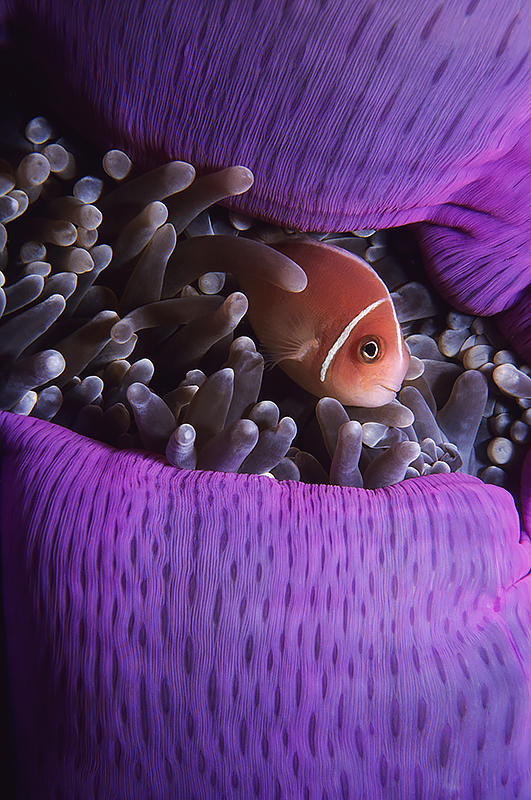Symbiosis, << `sihm` by OH sihs or `sihm` bee OH sihs, >> means living together. Any two different species of organisms that live together in a close relationship are symbiotic. In a symbiotic relationship, one member always benefits from the relationship. The other member may also benefit, or it may be harmed or unaffected by the relationship. There are three forms of symbiosis: parasitism, commensalism, and mutualism.
Loading the player...Animals share water
In parasitism, one organism lives on or in another organism at the expense of this organism, which is called the host. Parasites may harm the host. An example of parasitism is the hookworm. Hookworms may live in the intestines of human beings and other animals. See Parasite .

In commensalism, one organism benefits from the host, which is unaffected. For example, a type of marine worm lives in the shells occupied by hermit crabs. When the crab feeds, the worm comes out to share the host’s meals.
In mutualism, both parties benefit. For example, certain kinds of ants live in thorny plants. The plants provide food and nesting sites for ants. In return, the ants provide protection from insect pests. Mutualism also occurs when an alga and a fungus grow together to form a lichen, which differs from either organism. The fungus, which cannot produce its own food, gets its food from the alga. The fungus helps the alga get water. See Lichen .
